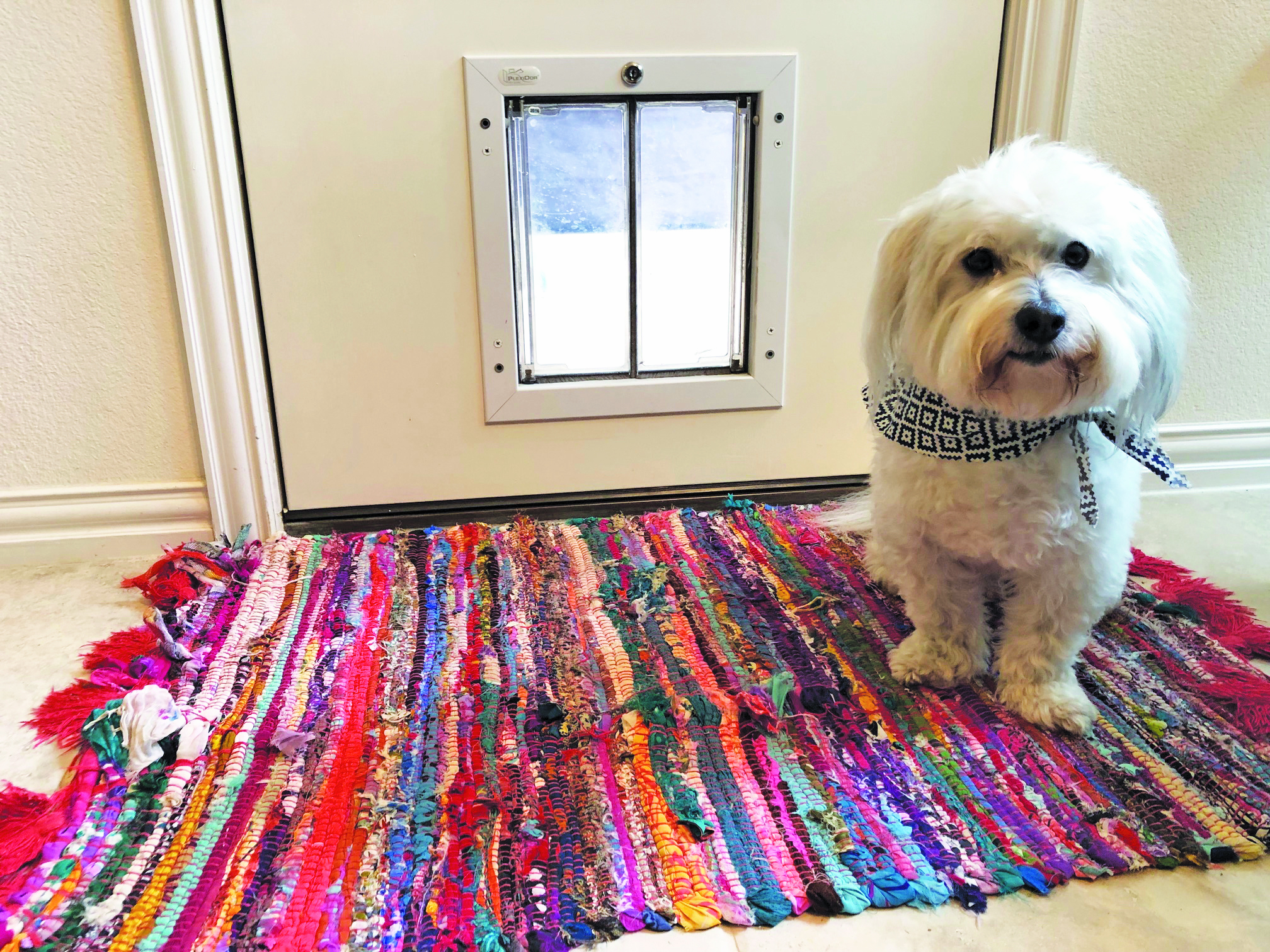Keeping pets—and energy bills—comfortable

We’ve thought about installing a pet door or keeping our pet in the garage at night. Will this impact my energy bill?—Margaret
We love our pets and we also love saving energy. Pet doors are convenient for pet owners and pets, but they can impact energy bills. A pet door that is poorly made or improperly installed will create unwanted drafts that increase energy bills and reduce the overall comfort level of your home. The wrong type of door also may be pushed open during high winds.
Consider installing a pet door that is certified by the Alliance to Save Energy or that has a double or triple flap. These types of pet doors can reduce energy loss and make life easier for you and your furry friends. The best solution may be a high-quality electronic door that is activated by a chip on your pet’s collar.
It’s difficult to undo a pet door installation. Before taking the leap, do your homework and investigate other strategies that may give you and your pet the benefits of a pet door without the downsides.
Garage option
The U.S. Department of Agriculture says letting your pet sleep in the garage should be fine if the garage temperature stays between 50 and 85. Pets might be able to handle a lower temperature if they have a warm, insulated bed.
Heating or cooling your garage for your pet is not a good idea. It could lead to high energy bills because an uninsulated but heated garage could easily cost more to heat than a home.
A better solution is a heated pet house. If you’re willing to spend a little more, you can even find climate-controlled pet houses that include heating and cooling options. You also can purchase heated beds for cats and dogs. Some beds use as little as 4 watts of electricity, so they won’t drain your energy bill.

